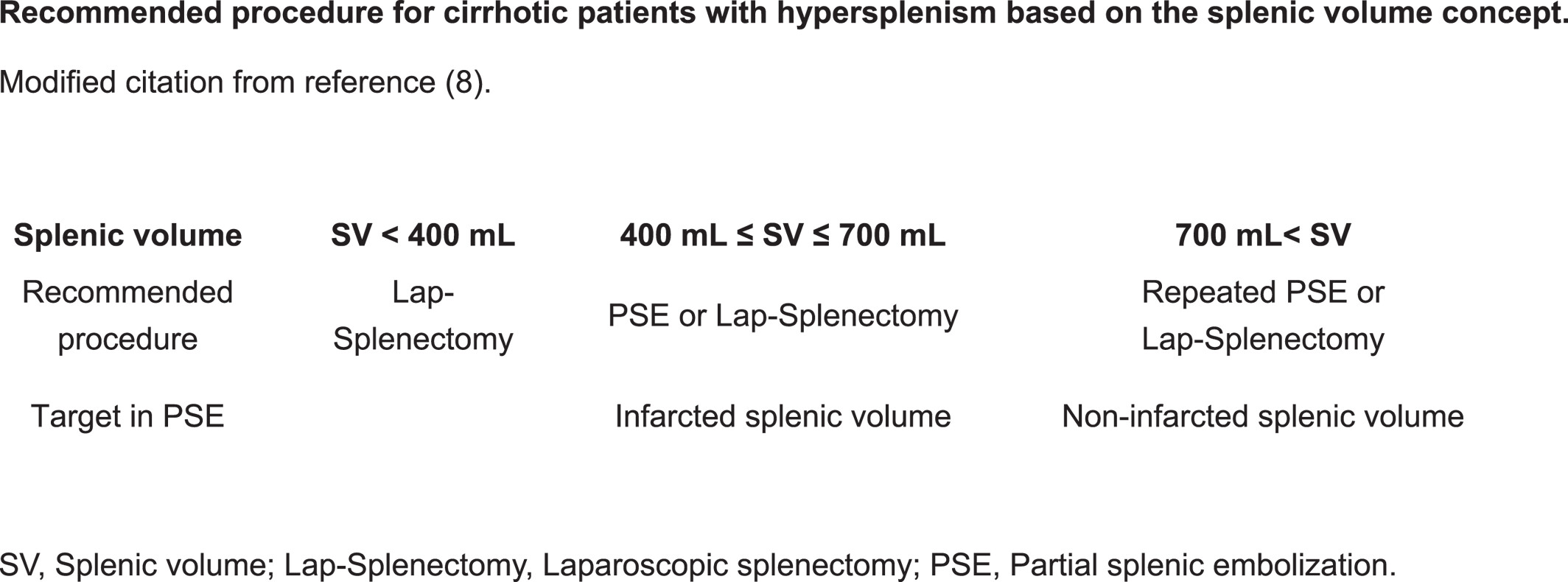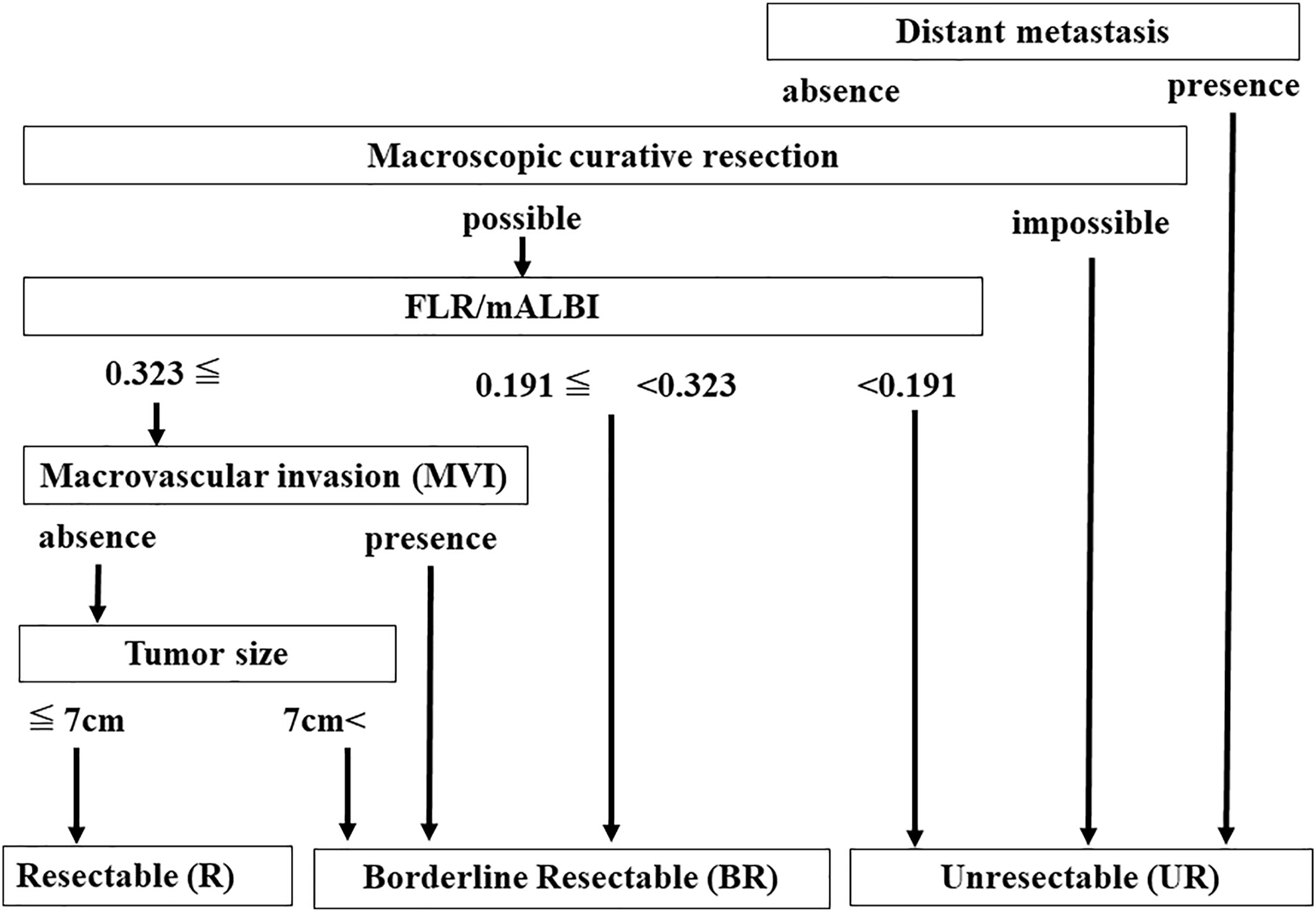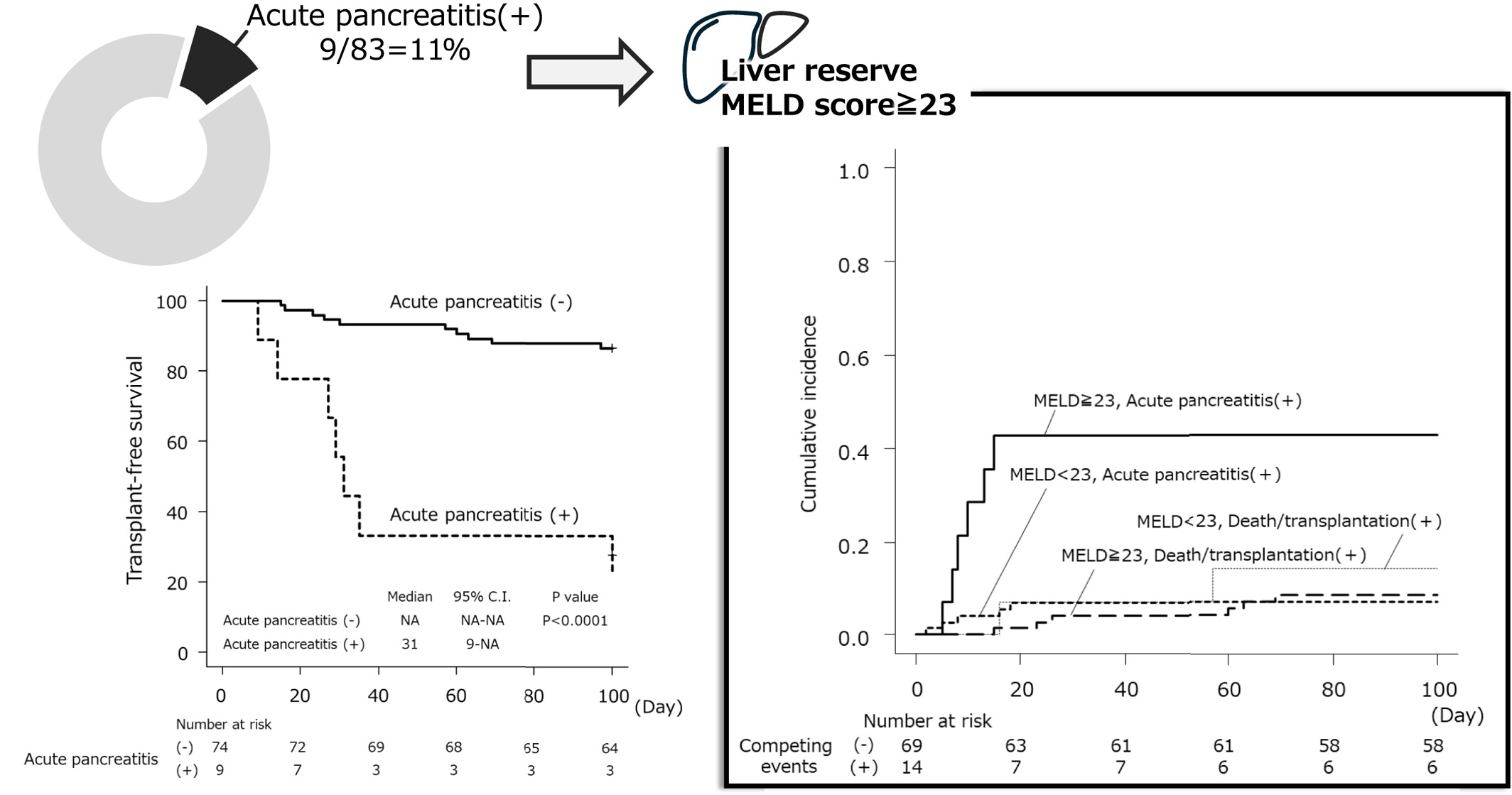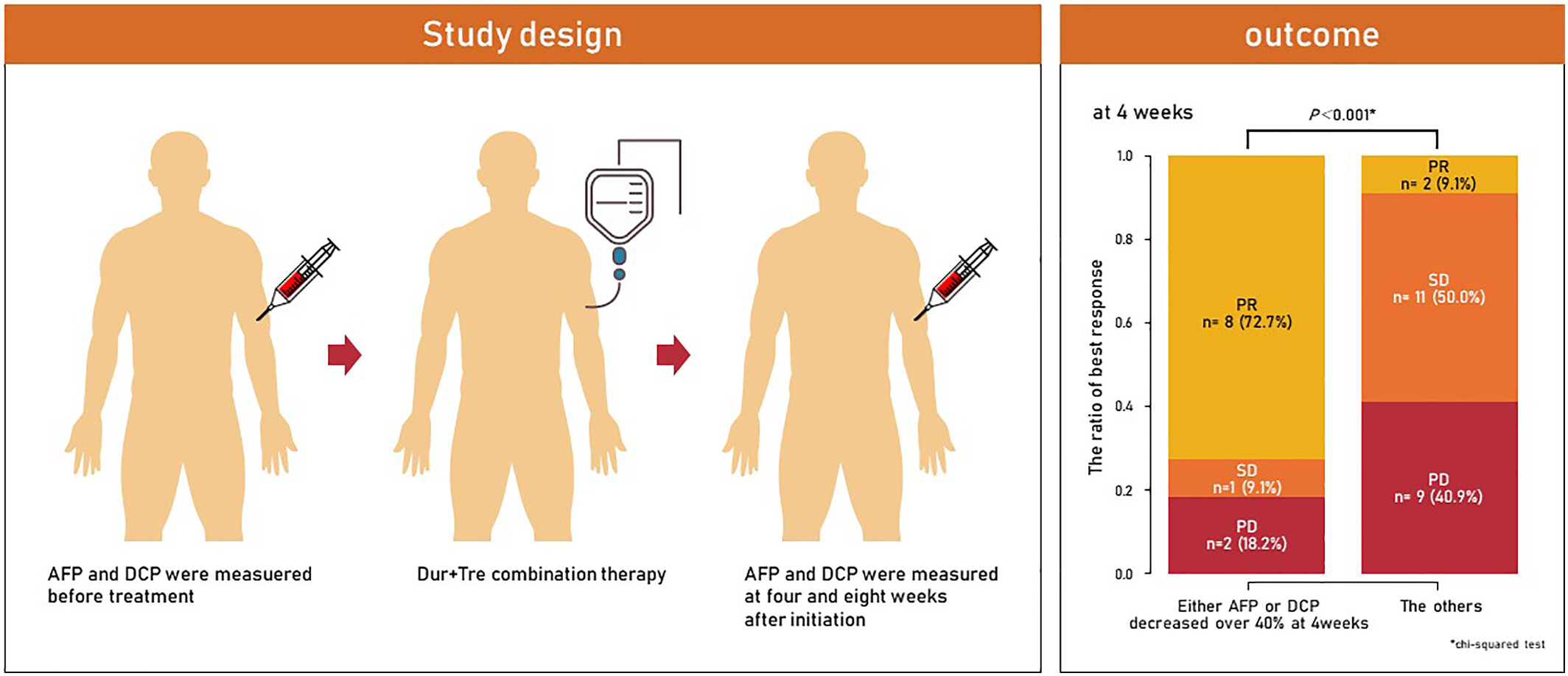Journal list menu
Export Citations
Download PDFs
ISSUE INFORMATION
REVIEW ARTICLE
Clinical benefits of partial splenic embolization for cancer patients
- Pages: 4-11
- First Published: 30 November 2024
VIRAL HEPATITIS
Novel protocol for prevention from hepatitis B reactivation following living-donor liver transplantation
- Pages: 12-21
- First Published: 14 September 2024
High serum growth differentiation factor 15 is a risk factor for the occurrence of hepatocellular carcinoma in chronic hepatitis B patients treated with nucleos(t)ide analogs
- Pages: 22-33
- First Published: 18 September 2024
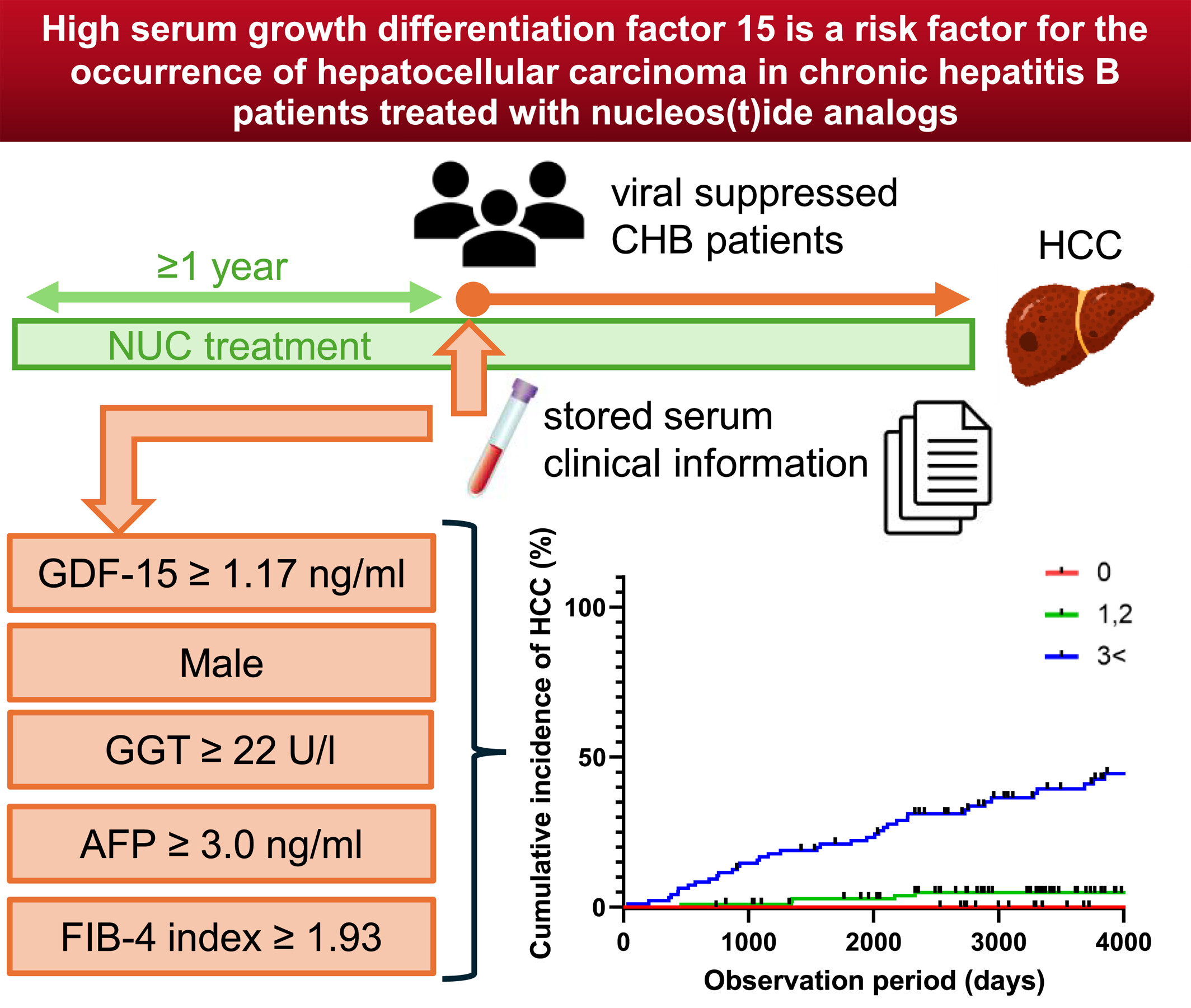
We evaluated predictors of hepatocellular carcinoma development in chronic hepatitis B patients receiving nucleos(t)ide analog treatment for more than 1 year and whose hepatitis B virus DNA was suppressed. Male sex and higher growth differentiation factor 15, FIB-4 index, alpha-fetoprotein, and gamma-glutamyl transpeptidase were independent risk factors for hepatocellular carcinoma development.
STEATOHEPATITIS
Metabolic dysfunction-associated steatotic liver disease (SLD) and alcohol-associated liver disease, but not SLD without metabolic dysfunction, are independently associated with new onset of chronic kidney disease during a 10-year follow-up period
- Pages: 34-45
- First Published: 07 August 2024

Using the new nomenclature of steatotic liver disease (SLD) including metabolic dysfunction-associated SLD (MASLD), MASLD and increased alcohol intake (MetALD), and alcohol-associated liver disease (ALD), the relationship between each category of SLD and chronic kidney disease (CKD) was investigated. Both MASLD and ALD, but not SLD without metabolic dysfunction, were independently associated with the development of CKD during a 10-year follow-up period.
Trajectories of hepatic steatosis and incidence of cardiovascular disease over a 29-year follow-up
- Pages: 46-57
- First Published: 19 August 2024
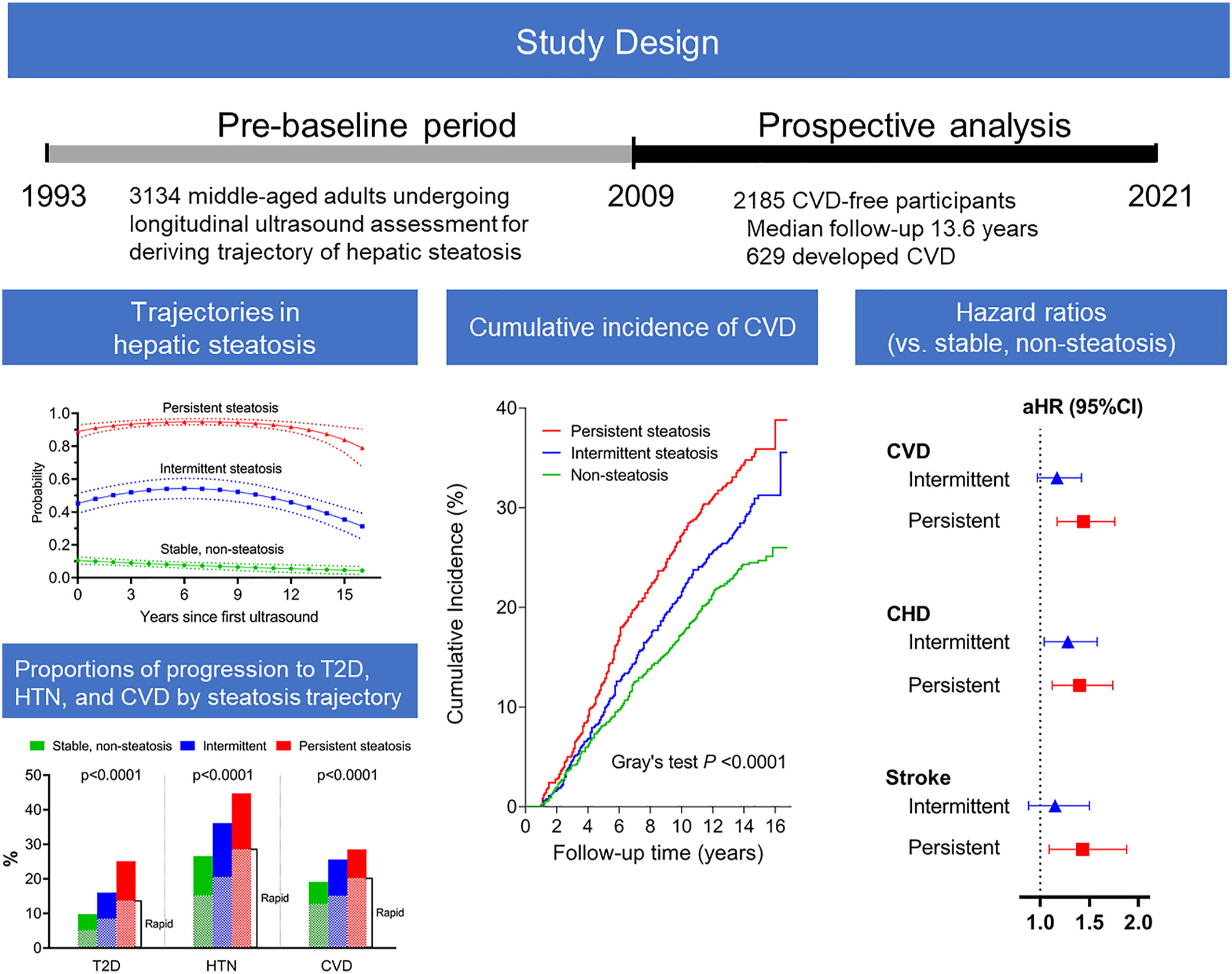
The effect of dynamic change in non-alcoholic fatty liver disease during the life course on cardiovascular disease risk remains unclear. We identify distinct trajectories of hepatic steatosis according to changing patterns over time, and demonstrate that persistent steatosis is associated with rapid development of metabolic disorders and an increased risk of cardiovascular disease.
HEPATOCELLULAR CARCINOMA AND OTHER MALIGNACY
Molecular biological role of epithelial splicing regulatory protein 1 in intrahepatic cholangiocarcinoma
- Pages: 58-68
- First Published: 22 July 2024
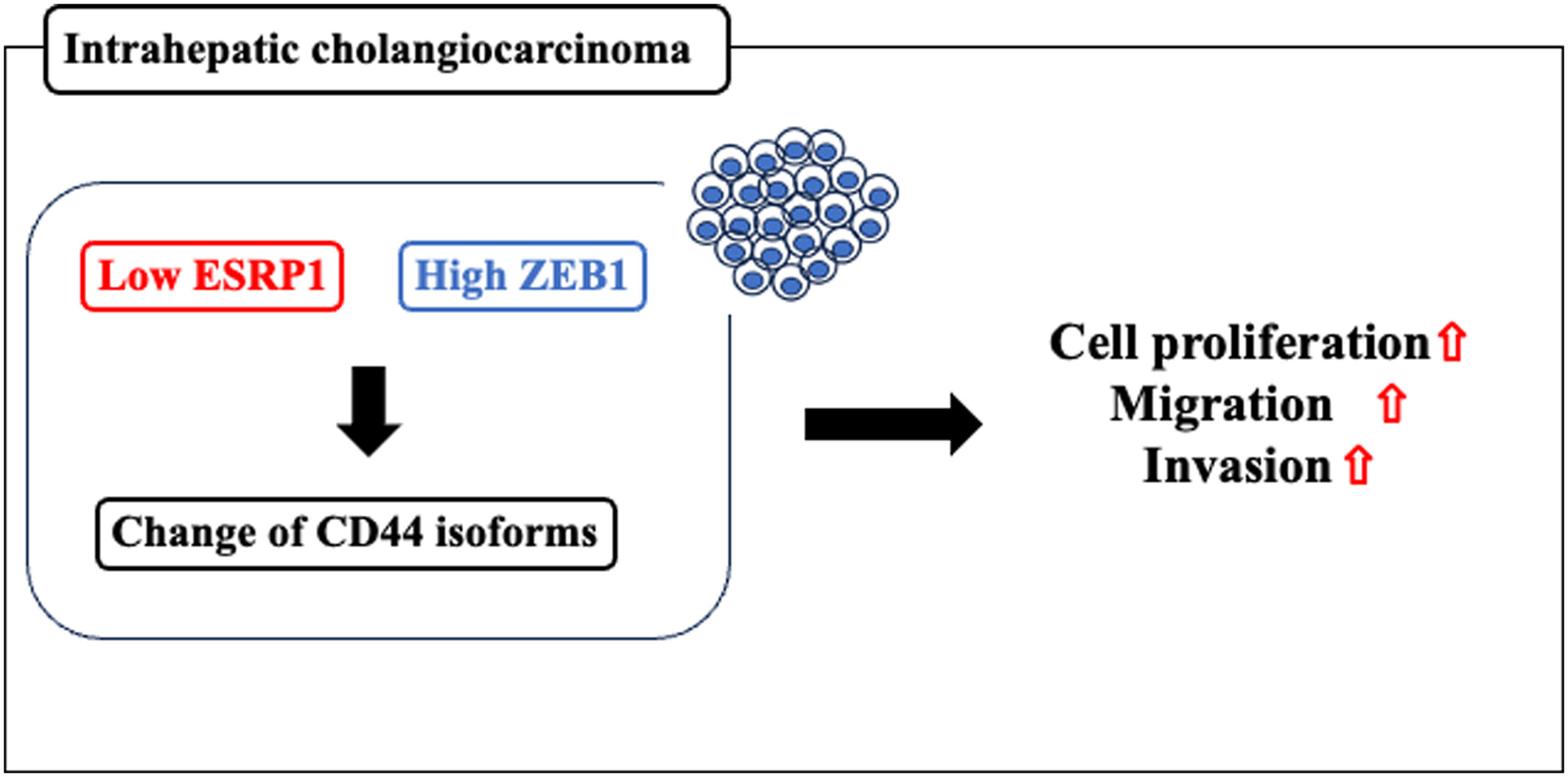
Intrahepatic cholangiocarcinoma is the second most common primary liver malignant tumor and has a poor prognosis. This article showed low expression of Epithelial Splicing Regulatory Protein 1 and high expression of zinc finger E-box binding homeobox 1 promotes tumor progression (cell proliferation, migration, and invasion) in intrahepatic cholangiocarcinoma by changing CD44 isoforms to regulate epithelial‒mesenchymal transition.
Improved survival outcome of curative liver resection for Barcelona Clinic Liver Cancer stage C hepatocellular carcinoma in the era of tyrosine kinase inhibitors
- Pages: 69-78
- First Published: 26 July 2024
Elevated nuclear expression of ZHX1 correlates with poor prognosis in hepatocellular carcinoma (HCC): Comparison of nuclear and cytoplasmic distribution of the ZHX family in HCC cells
- Pages: 79-93
- First Published: 29 August 2024
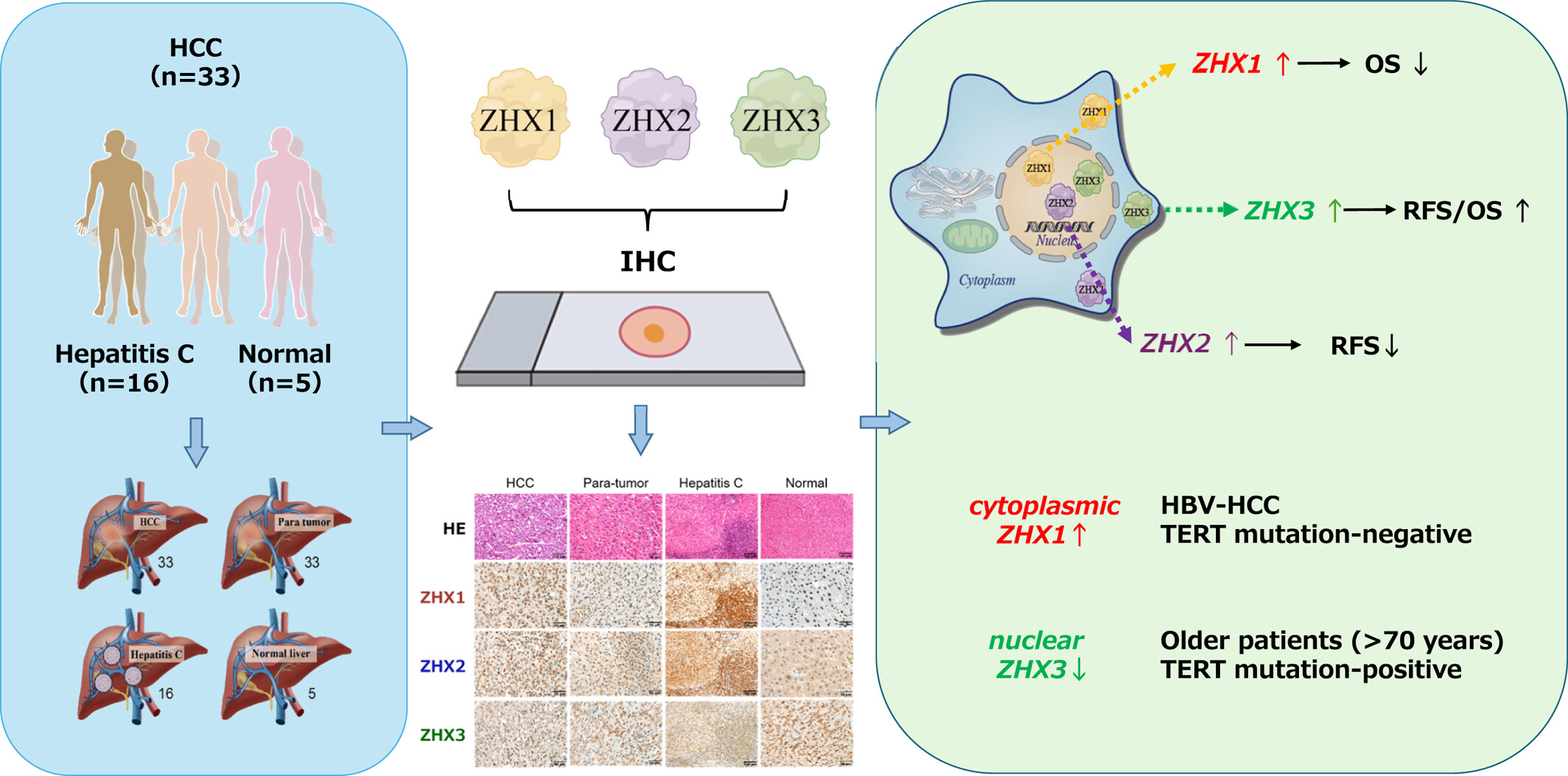
This study examines ZHX family proteins (ZHX1-3) in liver cancer (HCC). High nuclear levels of ZHX1 and ZHX2 are linked to poor outcomes, while high cytoplasmic ZHX3 is associated with better survival and lower recurrence. ZHX proteins' locations might influence cancer progression and are also related to TERT mutations.
A classification model for resectability in hepatocellular carcinoma patients
- Pages: 94-105
- First Published: 27 September 2024
LIVER BIOLOGY/PATHOBIOLOGY
Genetic alteration of SLCO1B3 defines constitutional indocyanine green excretory defect in patients who underwent hepatectomy
- Pages: 106-114
- First Published: 12 August 2024
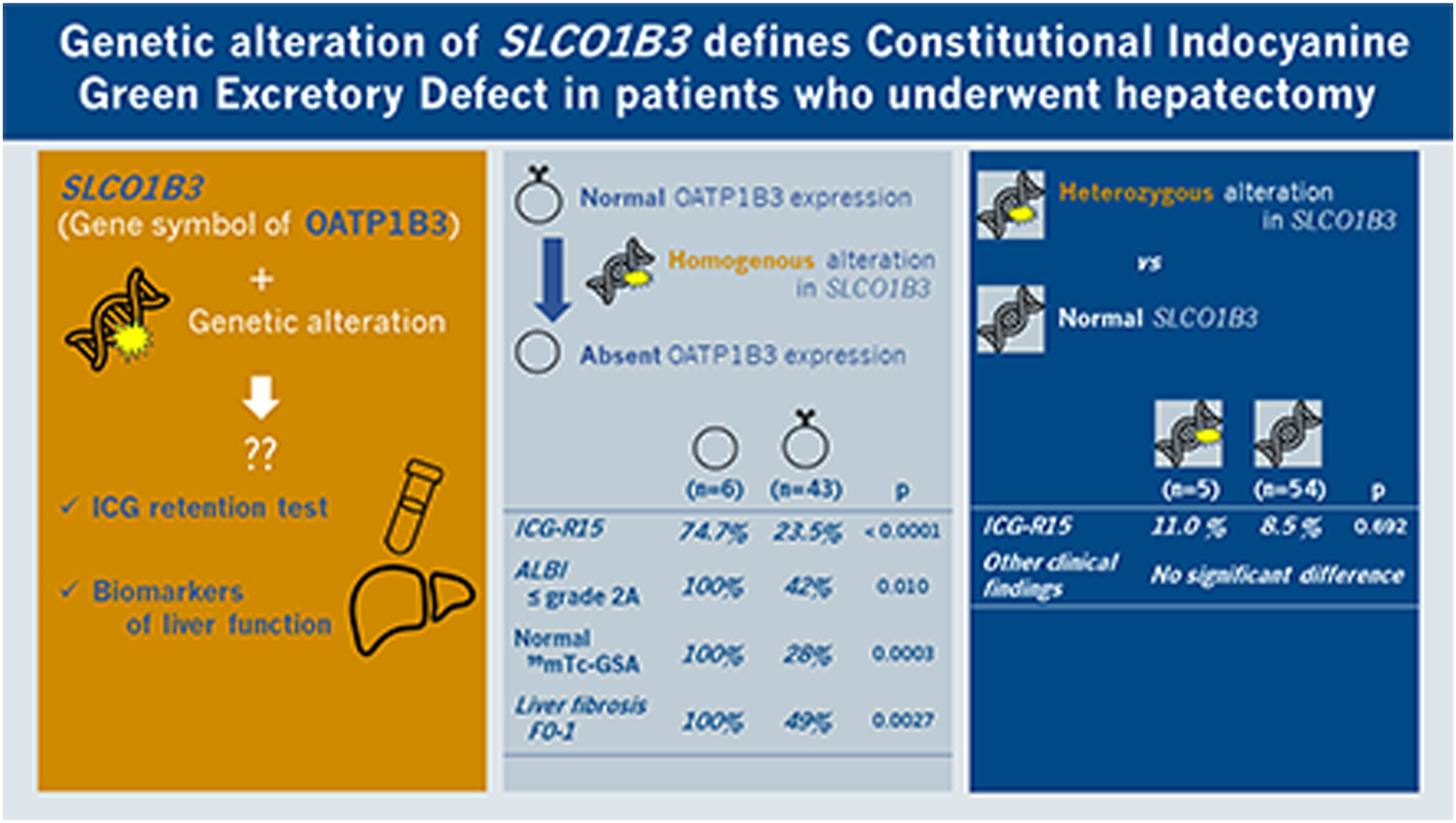
The homozygous SLCO1B3 gene alteration provided remarkably high indocyanine green retention rate regardless of the normal clinical and pathological findings, while its heterozygous alteration had no effect. The homozygous SLCO1B3 gene alteration may define constitutional indocyanine green excretory defects.
Interleukin-33 and liver natural killer cells: A novel perspective on antitumor activity in liver fibrosis
- Pages: 115-129
- First Published: 12 August 2024
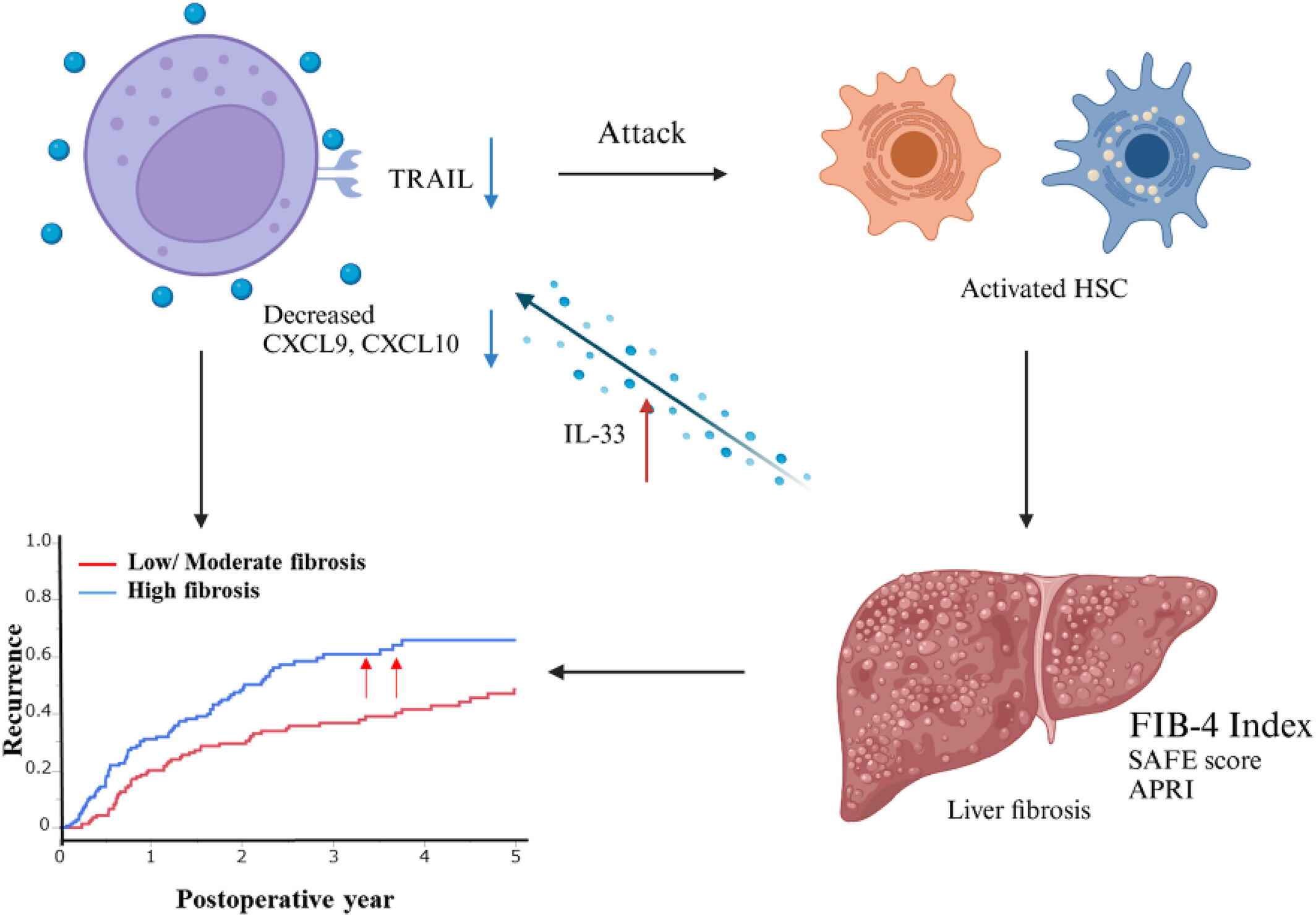
Our study revealed a critical relationship between liver fibrosis and compromised tumor immunity, emphasizing the potential interference of interleukin-33 with natural killer cell function. These insights advocate for advanced immunostimulatory therapies targeting cytokines, such as interleukin-33, aiming to bolster the hepatic immune response against hepatocellular carcinoma in liver fibrosis.
LIVER FAILURE
Low liver reserve is a risk factor for acute pancreatitis in patients with acute liver failure
- Pages: 130-137
- First Published: 14 June 2024
Efficacy of steroid therapy for improving native liver survival after pediatric acute liver failure with immune activation
- Pages: 138-148
- First Published: 21 August 2024
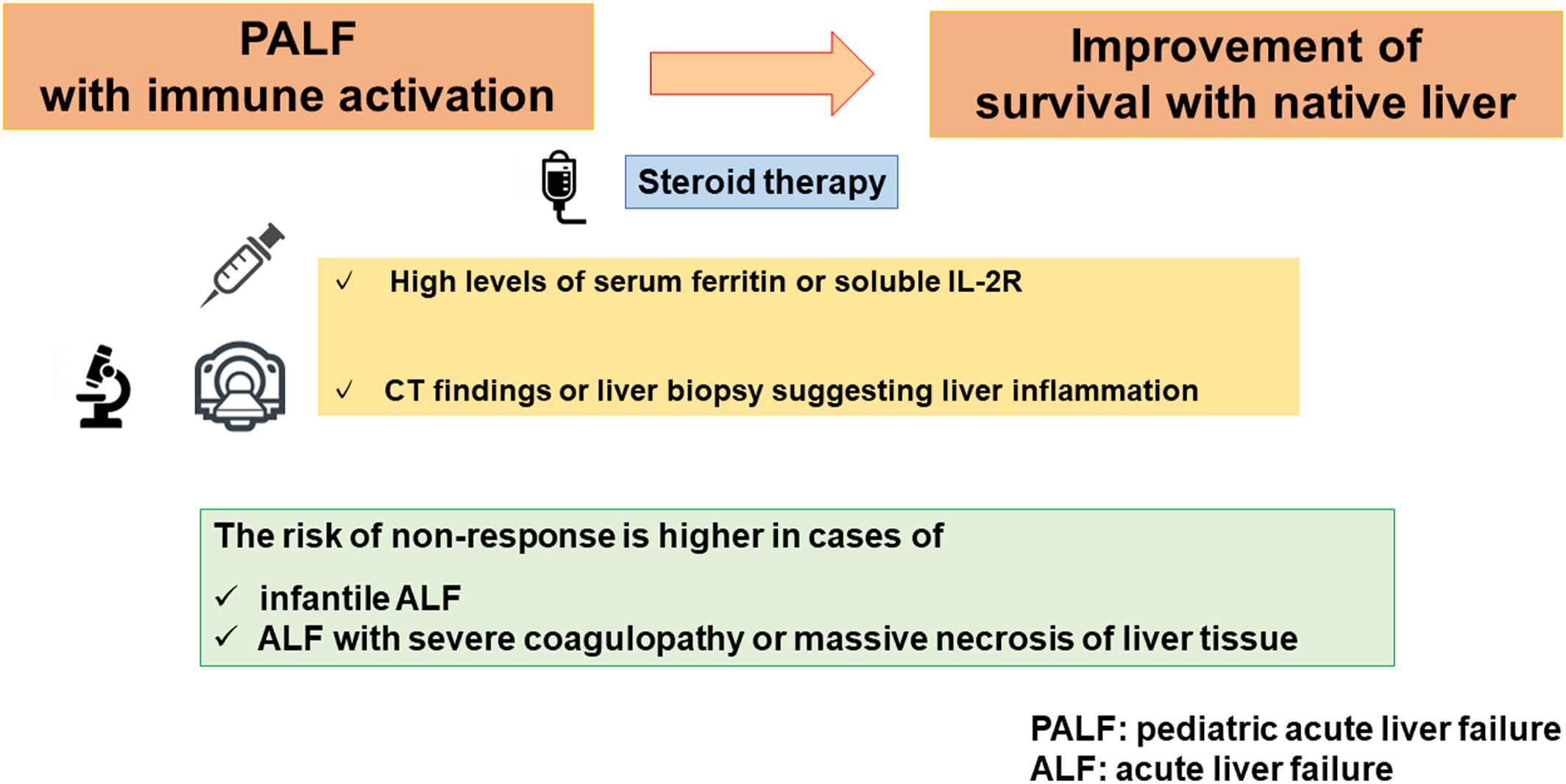
This retrospective study found that steroid therapy improves native liver survival in pediatric acute liver failure (ALF) with immune activation, defined by high serum ferritin or soluble interleukin-2R levels and liver inflammation on computed tomography or biopsy. High risks of nonresponse include infantile ALF, severe coagulopathy, or massive hepatic necrosis.
SHORT COMMUNICATION
Significance of changes in tumor markers in patients treated with durvalumab plus tremelimumab combination therapy as a surrogate marker for tumor response to unresectable hepatocellular carcinoma
- Pages: 149-154
- First Published: 17 August 2024
CASE REPORT
Novel mutation of transferrin receptor 2 causing hereditary hemochromatosis type 3 in a Japanese patient
- Pages: 155-160
- First Published: 08 June 2024





